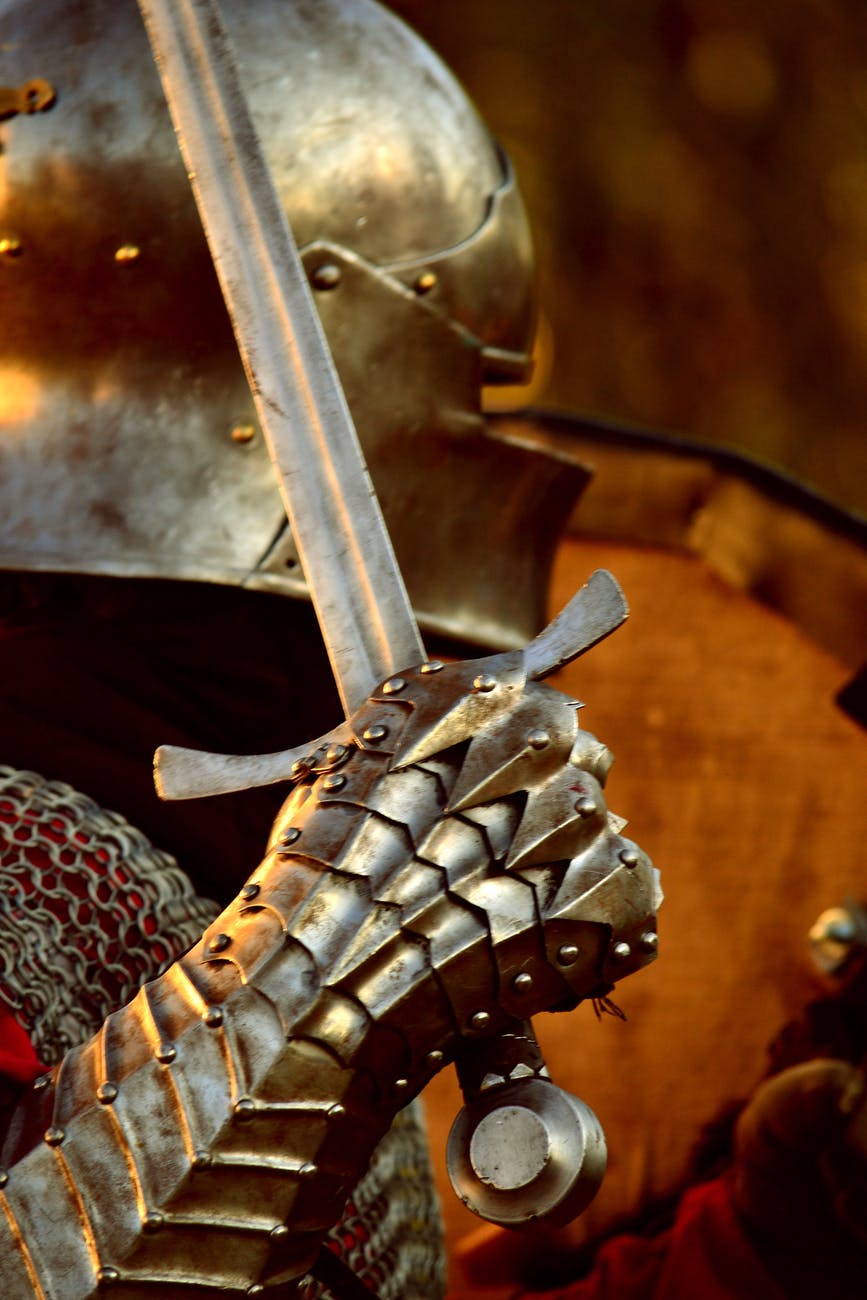Catholic facts
Who is a knight in Catholic Church

A knight is a man granted an honorary title of knighthood by a monarch, bishop or other political or religious leader for service to the monarch or a Catholic church, especially in a military capacity
There are five papal equestrian orders of knights that constitute the Pontifical honors system for laity, directly under the patronage of the Holy See, as fons honorum. Effectively, only three are actually in use, but the other two remain “on the books” and have not been officially suppressed.
These are the orders of knighthood properly speaking, bestowed as an honor upon worthy individuals; parallel to any such honor granted by a head of state or monarch. (Think: Order of the British Empire, Légion d’honneur, or Order of the Chrysanthemum).
These are, in descending order:
- Supreme Order of Christ
(Only for Catholic monarchs presented personally by the pope;
no members since 1993) - Order of the Golden Spur
(Catholic heads of state and royalty; no members since 2019) - Order of Pius IX
(usually for diplomats and heads of state or government) - Order of Saint Gregory the Great
(usually for notable service to the Church – e.g., years of leadership, outstanding service, generous donations) - Order of Saint Sylvester
(usually for laity in their lay vocation or apostolate, i.e., contributions to their fields as artists and artisans, business, sciences, educators, etc.)
There are also three military religious orders recognized by the Holy See. The first two are mixed chivalric orders / charitable organizations of the laity and religious order, the last is only a religious order. Joining these is either a matter of professing vows – like any religious order – or of contributing to their charitable works and being nominated by current members. They are membership-organizations, not knighthood-honors.
- The Sovereign Military Order of Malta
(Sovereign Military Hospitaller Order of Saint John of Jerusalem of Rhodes and of Malta) - The Equestrian Order of the Holy Sepulchre of Jerusalem.
- The Teutonic Order
Finally there are various fraternal charitable organizations (think Kiwanis or Rotary) which have adopted the terminology of “knights”, usually in imitation of this second category above, on a smaller scale, e.g.:
- Knights of Columbus, United States & 12 other countries
- Knights of Saint Columba, United Kingdom
- Knights of Saint Columbanus, Ireland
- Knights of Peter Claver, United States
- Knights of Da Gama, South Africa
- Diplomatic Order of the Knights of Saint Gabriel, international diplomats
- Knights of Saint John International, U.S. & 17 other countries
- Knights of Marshall, Ghana
- Ordre des Chevaliers de Marie Reine de la Paix, Mauritius
- Knights of Saint Mulumba, Nigeria
- Knights of the Southern Cross, Australia/New Zealand
- Fraternal Order of Saints Peter and Paul, The Gambia
- Knights of Saint Thomas the Apostle, Pakistan
- Knights of Saint Thomas More, Belgium
- Knights of Saint Virgil, Austria
- clerics and women.

5 requirements to become a Knight of the Catholic Church
Be a role model:
St. Francis of Assisi was a “knight errant” figure, and he is the model for the new Knights. Francis wandered the countryside defending truth and preaching love for the King of kings. St. Francis lived an itinerant lifestyle of poverty. He chose to be a “lesser brother” preaching repentance and conversion. His simple rule for the life of his followers was to “imitate Christ”. In this same vein of virtue and simplicity, the Knights of the Holy Eucharist teach and give witness to their adoration for the Lord of hosts.
Be Evidently charitable:
The Knights are one of the largest charitable organizations in the world. Through a variety of fundraisers throughout the year, the Knights raise financial support for many charities, including the Special Olympics and the Global Wheelchair Mission. The service aspect of the Knights encompasses the Church, Community, Council, Family, Pro-Life, and Youth.
Be supportive of the Church’s functions and activities:
The Knights have been a foundation of support for the Catholic Church. In recent years, the Knights have performed a variety of projects for the Universal Church as well as worked with Bishops of the particular churches here in Rome and also in home countries where the Knights reside.
Be married:
Since the traditional family is composed of the husband, wife, and children, the Knights see them as the core, foundation, and fabric for all of society. Although the council meetings are for the members, many councils sponsor activities with the family in mind. It’s a great time to gather together as Catholic Christians and members of the Mystical Body of Christ. Asking for the intercession of the Holy Family is at the center of prayer for the Knights when it comes to family life.
Be Faithful to the Catholic Church:
Knights are faithful by being obedient to the teachings of the Church, its Bishops, and Priests, and showing fidelity to the See of Peter. As faithful Catholics, the Knights foster and develop Vocations to the Priesthood, Religious Life, and Holy Matrimony. Standing with the Catholic Church, the Knights also fight for Religious Liberty, which is being threatened across the globe still to this day.
About Author
























